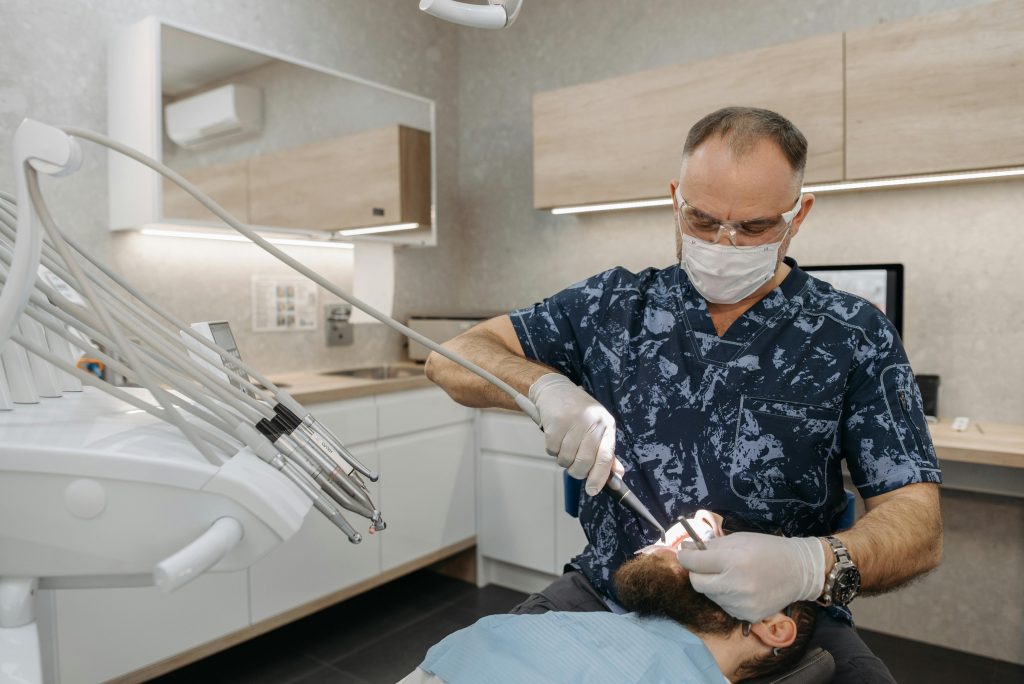
A Guide to Understanding Dental Misalignment and How Clear Aligners Can Help
Dental misalignment affects people of all ages. From minor spacing to more pronounced crooked teeth, misaligned teeth can impact not just your smile but also your confidence, oral hygiene, and long-term dental health. Thankfully, modern orthodontics has evolved—clear aligners now offer a discreet, convenient, and effective solution for many alignment issues.
In this blog, we’ll walk you through the types of misalignment, what causes them, and how clear aligners can help treat various cases.
Dental misalignment, or malocclusion, refers to teeth that are not properly positioned when the jaws are closed. This can result in an uneven bite, difficulty in cleaning, increased risk of decay, and speech issues. It may be inherited or caused by factors such as thumb sucking, tooth loss, jaw injuries, or prolonged pacifier use.
When there isn’t enough space in the jaw for all teeth to fit properly, teeth overlap, twist, or get pushed forward/backward. It’s one of the most common reasons patients seek orthodontic treatment.
Clear aligner suitability: ✅ Mild to moderate crowding is highly treatable with aligners.
Also known as diastema, this occurs when there are noticeable gaps between teeth due to missing teeth or natural jaw size.
Clear aligner suitability: ✅ Clear aligners can close small to medium gaps effectively.
An overbite happens when the upper front teeth overlap significantly over the lower front teeth. While some overbite is normal, excessive overbite can cause wear and tear on teeth and even jaw discomfort.
Clear aligner suitability: ✅ Mild to moderate overbites respond well to clear aligner treatment.
An underbite occurs when the lower teeth extend past the upper teeth, often due to jaw positioning. It can cause problems with chewing, speech, and facial aesthetics.
Clear aligner suitability: ⚠️ Mild underbites may be corrected, but severe cases may require a combination of aligners and additional treatments.
This type of misalignment occurs when the upper teeth sit inside the lower teeth instead of the outside. It can affect the front teeth, back teeth, or both.
Clear aligner suitability: ✅ Treatable with aligners in many cases, especially when identified early.
When the upper and lower front teeth do not touch when the mouth is closed, it results in an open bite. This may lead to issues with chewing or speaking clearly.
Clear aligner suitability: ✅ Clear aligners can help realign the teeth and close the bite in mild cases.
Clear aligners are customized plastic trays designed to gradually move your teeth into alignment. With constant, gentle pressure and regular switching of trays, they can address many common orthodontic issues.
Mild to moderate crowding or spacing
Relapse after previous braces
Cosmetic adjustments for aesthetic improvements
Mild overbites and crossbites
Patients seeking a discreet treatment method
Not every misalignment is the same, and treatment planning depends on several factors:
Severity of misalignment
Jaw alignment
Age and bone growth
Compliance with wearing aligners (20–22 hours per day)
Presence of restorations (e.g., crowns, bridges)
An in-person or digital consultation with a dental professional is the best way to determine eligibility for clear aligner treatment.
There are certain complex or severe misalignments that may not be fully correctable with aligners alone, such as:
Severe underbite or overbite requiring jaw repositioning
Impacted teeth that haven’t erupted properly
Cases needing tooth extractions
Skeletal discrepancies needing orthognathic surgery
In these instances, traditional braces or a combination of treatments might be recommended.
Clear aligners have become a preferred orthodontic choice for many because of the following benefits:
✅ Discreet appearance – Nearly invisible while worn
✅ Removable trays – Easy for eating, brushing, and flossing
✅ Comfortable design – Smooth plastic without brackets or wires
✅ Customized for each case – Digital planning ensures accuracy
✅ Gradual and predictable results – Especially with modern aligner technologies
Dental misalignment can affect both function and aesthetics, but modern solutions like clear aligners offer an effective path to a healthier, straighter smile. While not every case is a fit, most mild to moderate issues can be corrected with the help of a professional and a customized treatment plan.
If you’re curious about whether clear aligners are right for your smile, the first step is a consultation with a certified provider. Your new smile might be just a few clear trays away.
© 2025 Clear Moves Aligners All Rights Reserved